Amazing PGA Tour Stats from 2011
/At the end of each year, with the help of ShotLink, the PGA Tour puts out a stat sheet that gives an in-depth review of various statistical categories. There are always some very interesting numbers - some of which I thought I'd share with you today...
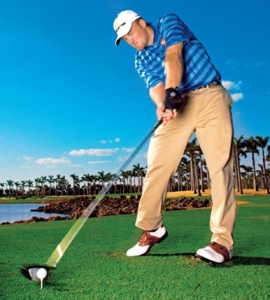
Driving
- The PGA Tour average driving distance for all measured shots was 290.9 yards.
- The longest driver was JB Holmes at 318.4 yards while the shortest hitter was Brian Gay at 269.8 yards - that's almost 50 yards per tee shot!
- There were 21 golfers that averaged over 300 yards per tee shot. In 2000 John Daly was the first and only player to average over 300 yards.
- Rory McIlroy hit 51 out of 56 tee shots over 300 yards in the WGC-Bridgestone event.
- The longest drive of the year went to Dustin Johnson at 463 yards - it did involve a cart path!
- Joe Durant was the straightest driver hitting 75.65% of his fairways while Anthony Kim was the least accurate hitting only 46.99% of the fairways.
- No player led the field in driving accuracy en route to victory, while Bubba Watson led the field in driving distance for both of his victories.
- Seventy golfers had rounds where they hit every fairway - a feat Joe Durant achieved four times!
- John Merrick had a streak of 36 fairways in a row!
- Darren Clarke only hit 41% of the fairways in winning the Open Championship.
Approach Shots
- Boo Weekley led the tour in greens in regulations (GIR) with 71.68% - that's just over 12.5 greens per round. Keep in mind the average golfer hits 4 greens per round.
- Robert Garrigus and Graeme McDowell both hit 92% of the greens at Kapalua - the easiest course on tour to hit greens.
- 15 players manged to hit all 18 greens in a round and no golfer accomplished this feat more than once.
- Webb Simpson had a streak of 32 greens in a row!
- The hardest green to hit on tour was the 6th Hole at PGA National (29.98%). The hole is actually a par five for the members and is truly frightening.
- The course with the most hole outs from off the green was Harbourtown GL at 101. Primarily because the greens are literally miniscule and very easy to miss.
Around the Green
- Brian Gay led the sand saves category with a 63.40 % up and down rate.
- Greg Chalmers led the scrambling category with a 65.17% up and in rate.
Note: I do have a problem with the PGA Tour scrambling stat in that they measure scrambling for any shot to the green that is one stroke higher than regulation. This means that tee balls hit OB should be up and downed from the tee to convert and that pitches and chips played to a par five in three are not counted...not too much sense in that. (Thanks to Pete Sanders from ShotbyShot.com for pointing this out to me)
- Five players led the field in scrambling in the same week that they won.
- Jason Dufner was 23 out of 24 for scrambling in the Waste Management event.
- Brian Gay and Paul Stankowski each had 17 consecutive sand saves!
Putting
- Luke Donald led the tour in the best stat on tour in my opinion - Strokes Gained-Putting with +.844. That means he gained an average of .844 strokes on the most "average" putter for every round he played and has led the tour in this category the last three years. Boo Weekley, for all his hitting prowess, was last on -1.102 and Luke gained almost two strokes per round on Boo - just with the putter!
- Luke Donald had 1 three putt for every 80 holes of golf he played.
- On average Tour winners out performed the field by +1.426 strokes per round with the putter. That's only +5.7 better than the field average in a four round event...
- 6 out of 38 winners in 2011 led the field in strokes gained-putting and 25 of 38 winners ranked in the top ten.
- Charlie Wi gained +12.68 strokes on the field in the Crowne Plaza Invitational.
- Hunter Mahan only managed to make 219 feet of putts in the 4th round of the Deutsche Bank Championship.
- Three players managed to have 15 one putts in a round!
- Luke Donald had 483 consecutive holes without a three putt and Kevin Na made 676 out of 676 from inside three feet!
Scoring
- Luke Donald led the adjusted (?) scoring average at 68.86 while Webb Simpson led the actual scoring averages at 69.16.
- Webb Simpson had 60 rounds of scoring in the 60's and 13 out of 98 rounds that were bogey-free.
- Four players had 11 birdies in a round and three players made 27 birdies in a four round event.
- 4% of all rounds on tour were completely bogey-free.
- Luke Donald had 17 consecutive sub-par rounds (I have those all the time!) and Briny Baird had 12 consecutive rounds in the 60's.
The PGA Tour currently keeps a total of 416 various stats on each player for every round they play and with the help of some very smart people each stat category is getting deeper and better as they move forward. Ever read the book Moneyball by Michael Lewis? Well golf is finally starting to apply sabermetrics to the massive amount of data they collect every year - and they're better off for it.
You cannot improve upon something if you cannot measure it! I believe that statement to be true and I know that quality stats are vital in helping any serious golfer improve. That is why I have aligned with noted statistician Peter Sanders and his fantastic site ShotbyShot.com. With this site you have the ability to truly assess your strengths and weaknesses. You even have the ability to judge your putting against scratch handicap golfers in a strokes gained type format - the only other way to get something similar is to become a Tour player!
To all my students: If you are serious, and I believe you all are, please contact me about a fantastic opportunity for us to participate at ShotbyShot.com. After all, if you want to improve something we have got to measure it....


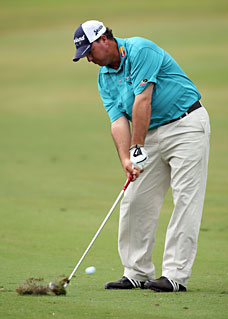
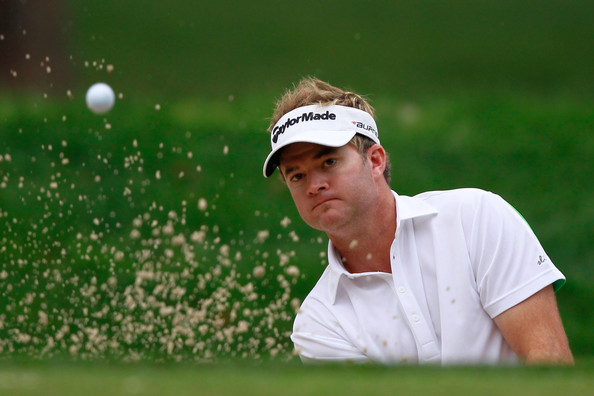
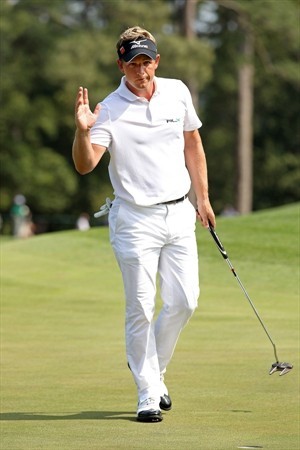
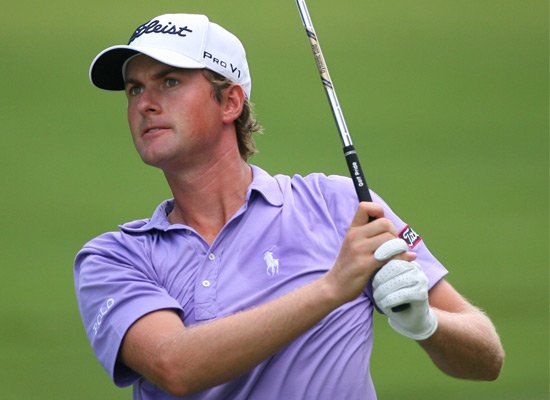




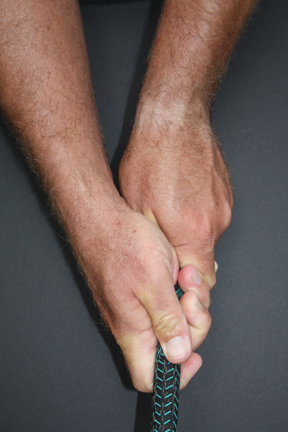 This is the first in a four part series looking at the three primary factors that pertain to a solid impact position. They are:
This is the first in a four part series looking at the three primary factors that pertain to a solid impact position. They are:




